Facing food waste
There is a whole salad and a slice of pizza in there.
October 10, 2017
How often do you throw away uneaten food that you receive from school lunches?
If you do not know the answer already, think about this: the amount of food waste generated in the U.S. has increased by 35 percent since the USDA mandate requiring students to take a fruit or vegetable.
Food waste is becoming a bigger problem everyday. Of all food produced, only about 33-50 percent is actually consumed, according to CBS News.
¨Food waste is a shame when thinking about the millions of kids who are suffering from hunger,” said GHS junior Luke Pata. “Kids all over the world go to bed with empty stomachs while there is so much food that is going into the trash can.¨
In the past, GHS has tried to solve the issue of food waste in the school. Two years ago, students in Rosa Francis’ Health class introduced something called the Share Bin. Students donated uneaten food to the share bin in the cafeteria, and that food was made available to teens who needed it.
However, the share bin attempt did not live up to expectations, and it was taken out of the cafeteria.
“We put every effort forth in rolling it out at GHS,” said Francis. “ It was somewhat successful the first semester we did it, but then the logistics of the share bin became prominent: who was going to be responsible for the bin, where would it be kept, how would we ensure to meet food safety requirements, how can we encourage our peers to use it?”
Gillnetter reporters observed lunch in the cafeteria for five days. In that time, we saw several students throwing away nearly full trays of food. Nicolas Marnoto said he threw his food away because “the food looks like it was pulled out of a freezer.¨
“Walking through the cafeteria on any given day, you will see fruits, vegetables, half eaten pizza, unopened milk, cheese sticks, and so much more left on the trays as students walk to the trash bins,” said Francis. “ But at the same time, the school is regulated on what to place on every student’s tray and how much… this makes the food waste situation difficult; a double-edged sword, at best.”
It’s difficult to stop food waste in the school when there are laws requiring students to take food they don’t want. The United States Department of Agriculture (USDA) requires schools to serve a certain amount of food to each student. The students are required to take at least one fruit or vegetable along with the main meal. By forcing students to take food that they may not want, extra foods are tossed away and are a big reason food waste in schools is so prominent.
This brings us to the important topic of food appeal. Many kids are seen throwing away these lunches, but could it be because of how they appear. If the lunches don’t look appetizing, kids won’t want to eat them. Food quality is important, and if the lunches don’t look good, kids will think they don’t taste good.
According to Francis, students can help solve the problem of food waste.
“Be aware of the food they eat. Be aware of what they throw away,” said Francis, “Be willing to share what they do not eat, instead of throwing it away. Encourage others to do the same. Lead by example.”
Food waste is a prevalent problem in the halls of many schools across the United States, including Gloucester High School. Anyone can make a difference, just take action.

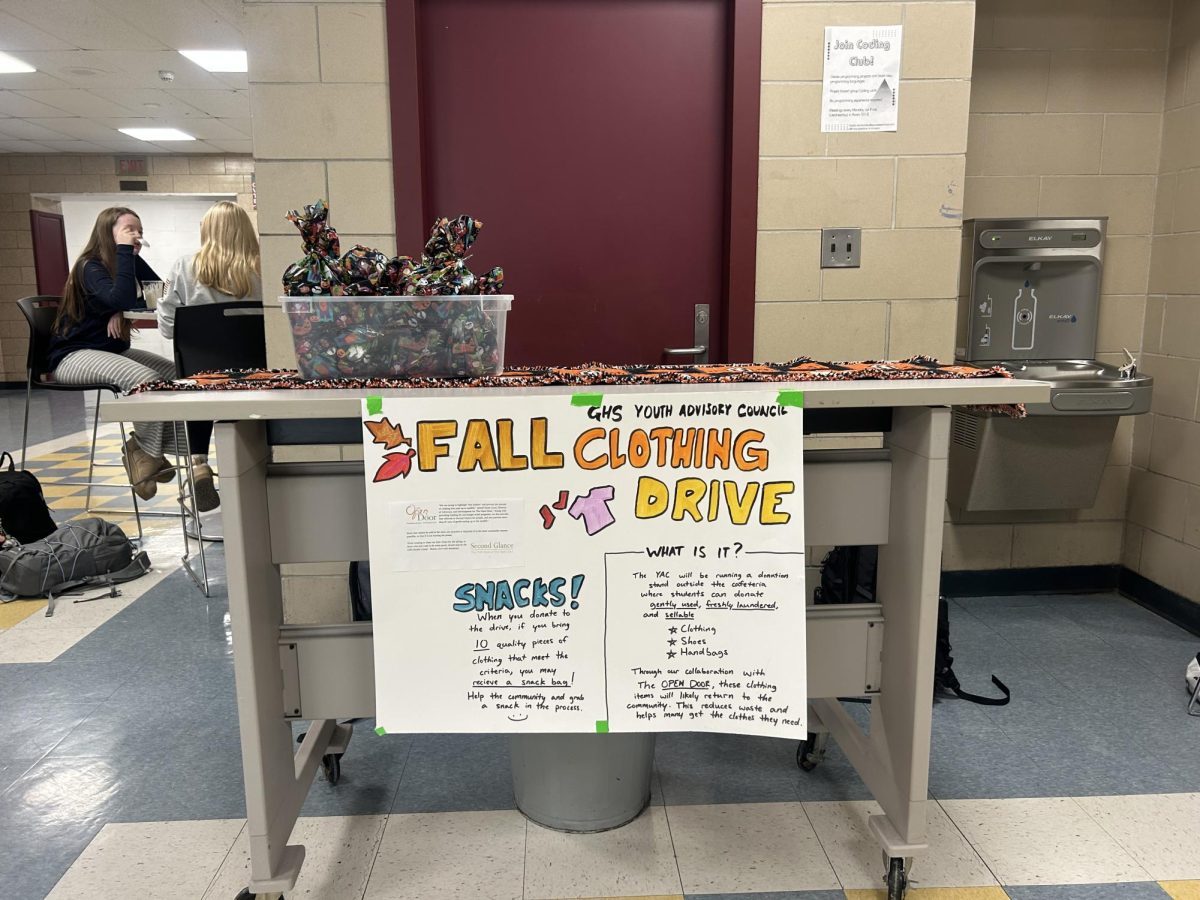
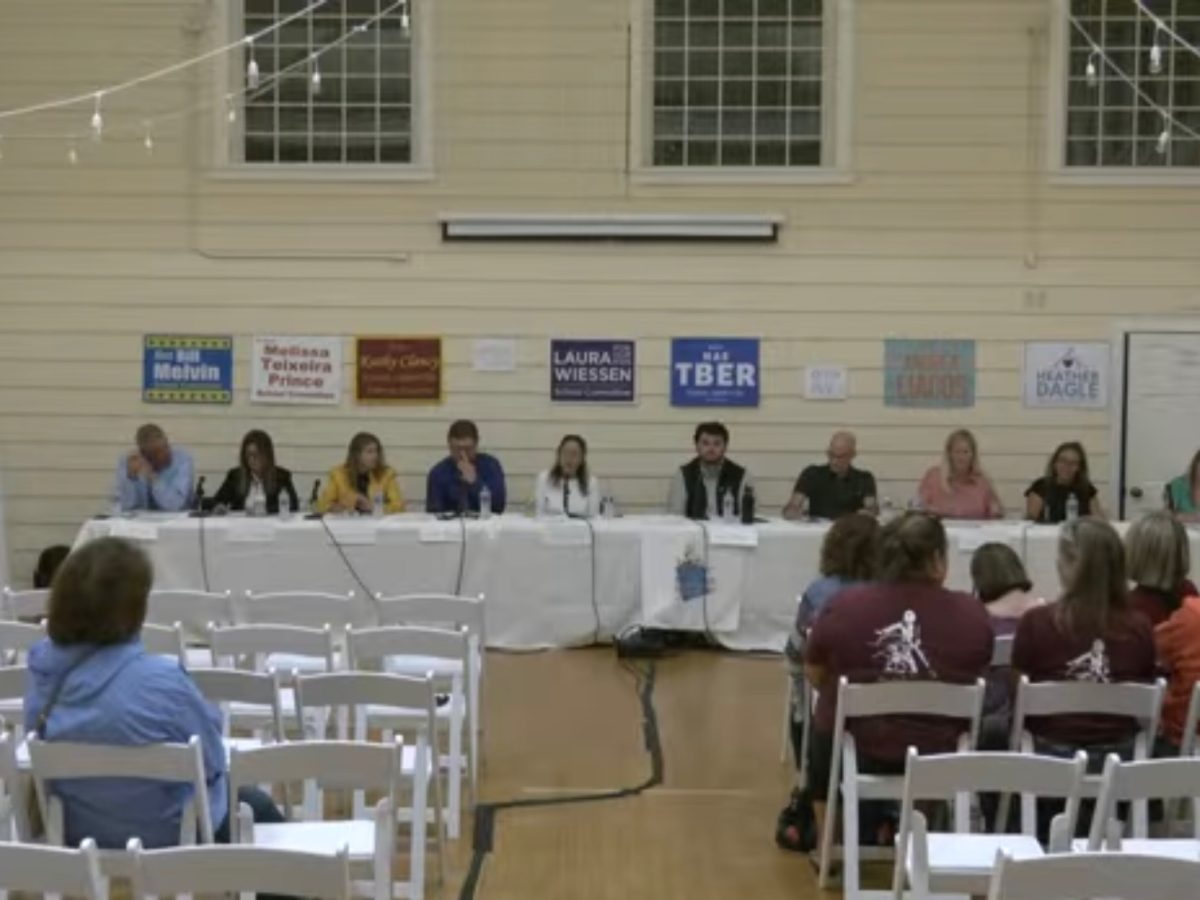
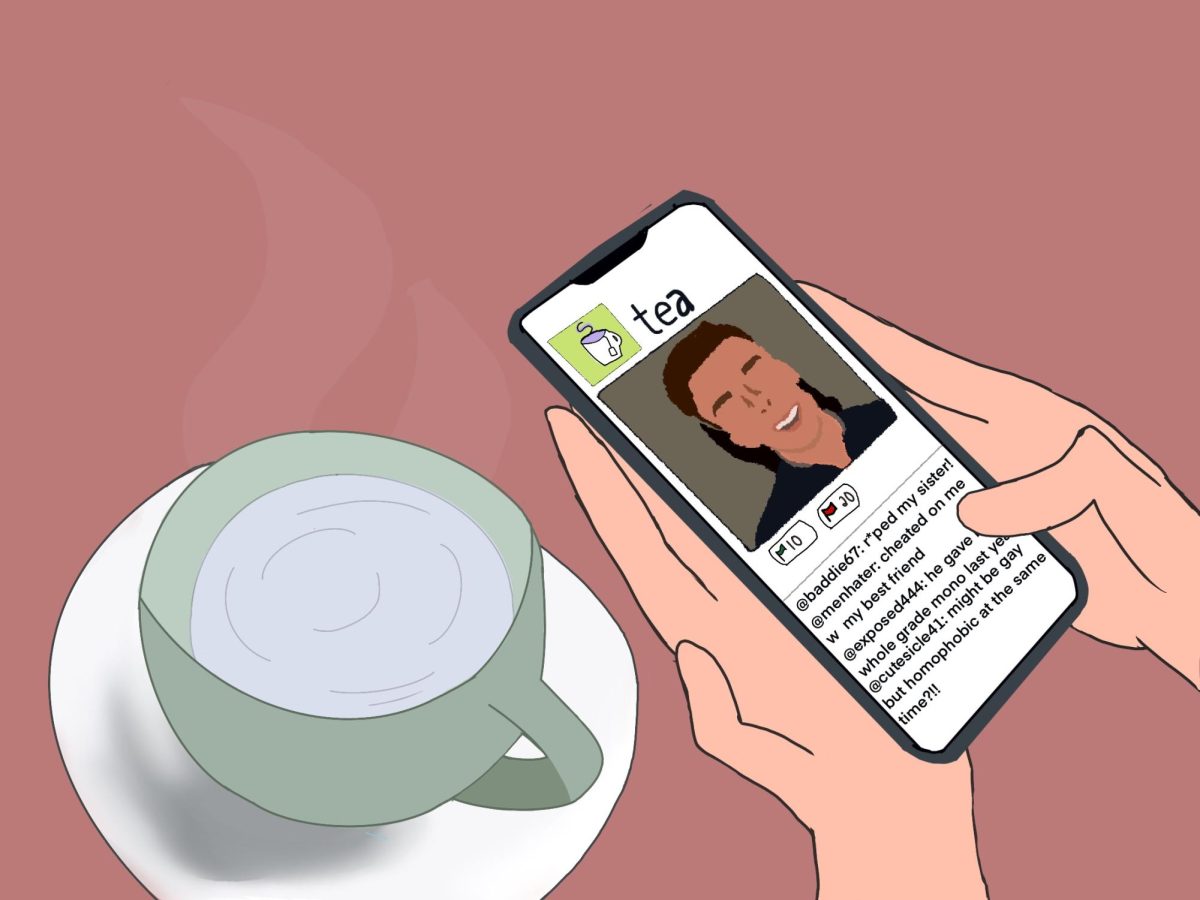






![The Volleyball team poses after their win. [Photo courtesy of GHS Volleyball]](https://thegillnetter.com/wp-content/uploads/2025/10/IMG_6936.jpg)
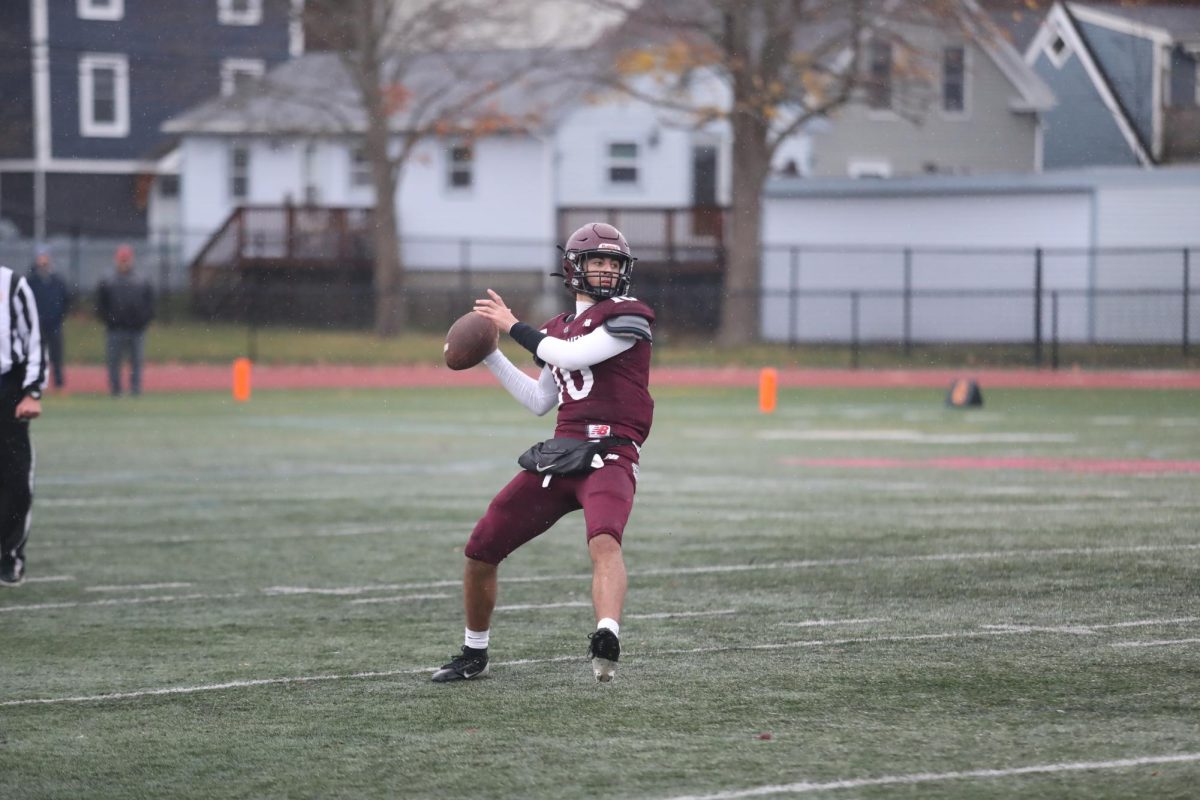


![The GHS/MERHS senior cross country runners pose together on Senior Night. [Photo courtesy of Manchester-Essex Athletics]](https://thegillnetter.com/wp-content/uploads/2025/10/Screenshot-2025-10-10-at-11.18.29-AM.png)

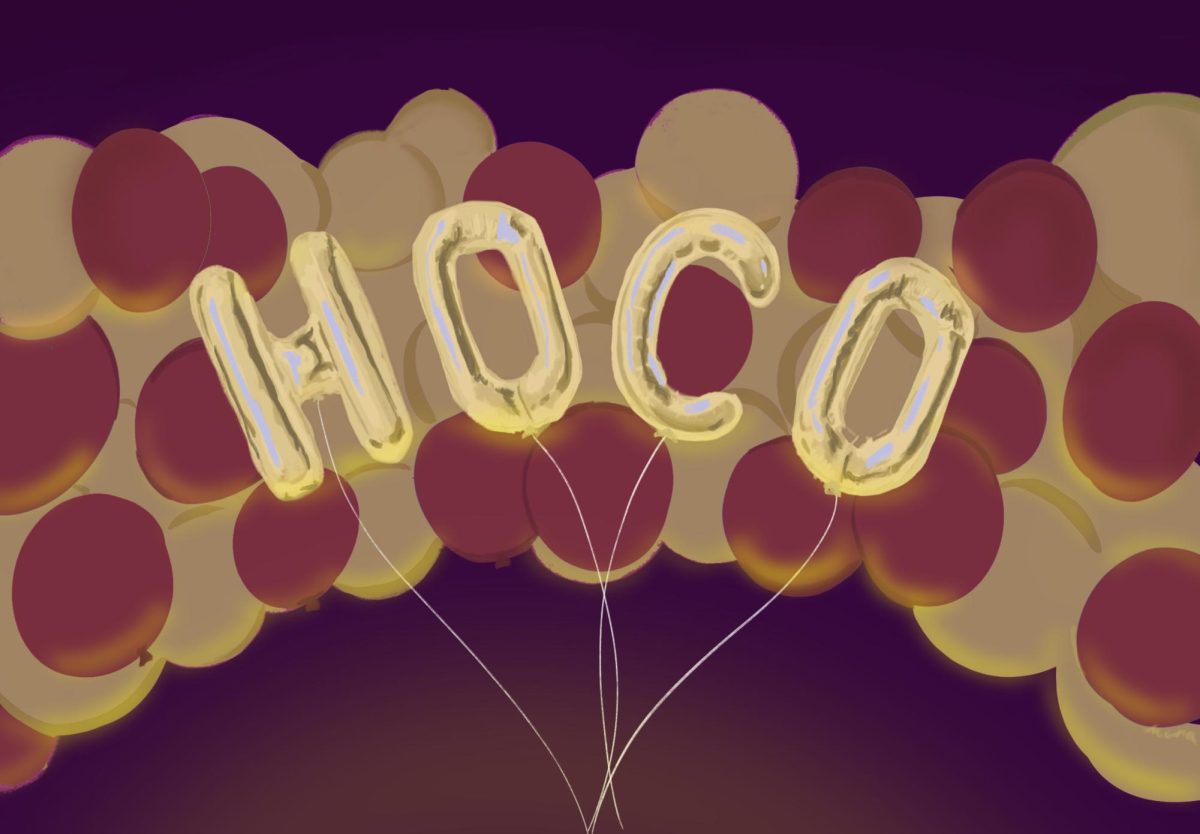



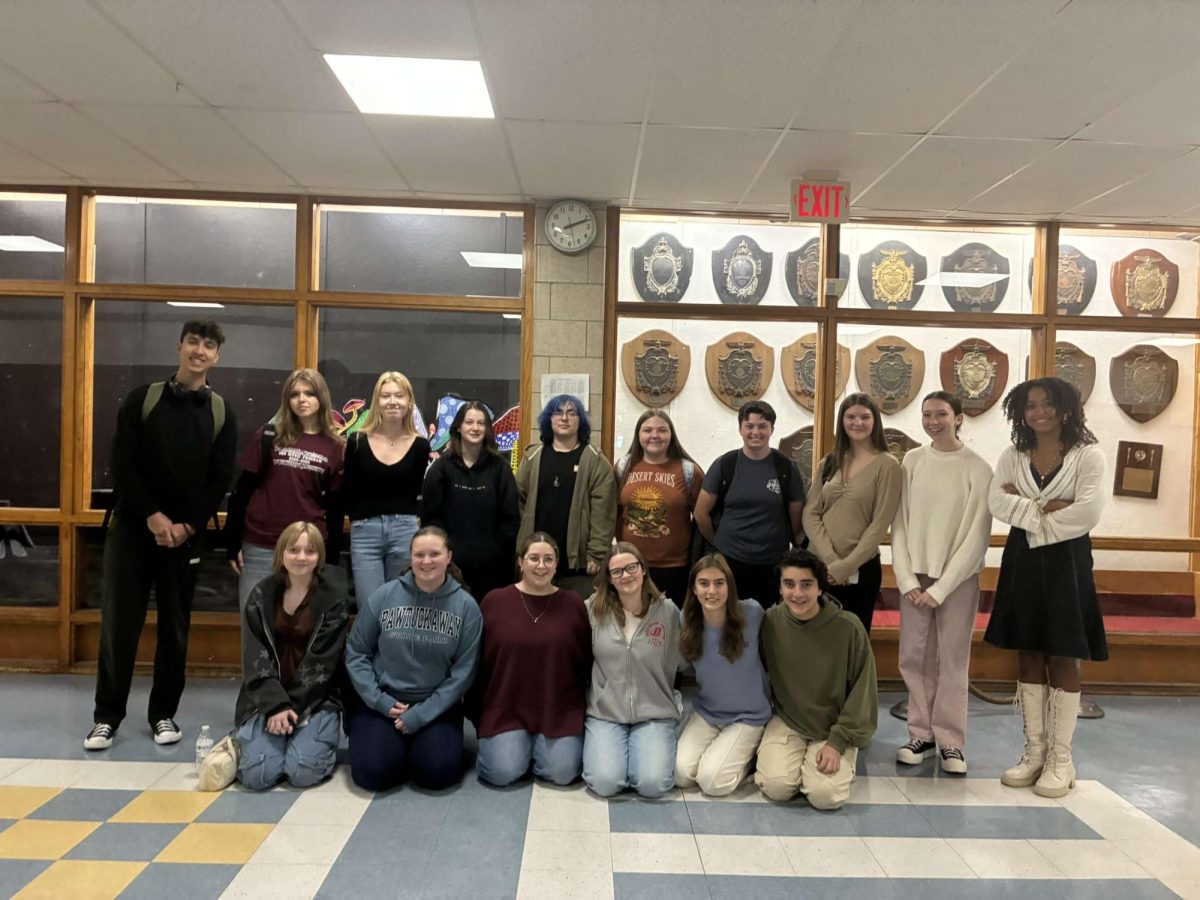









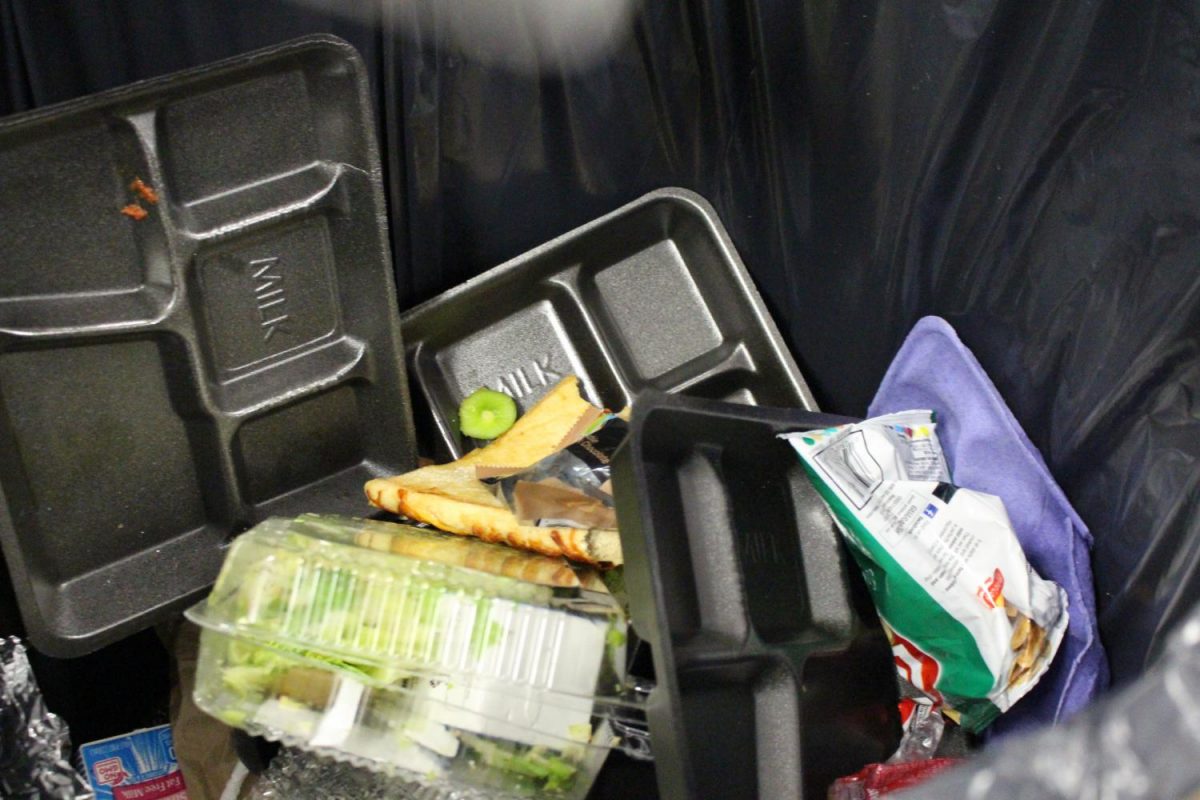



Claire Keene • Oct 14, 2017 at 8:50 am
I only hope these young people never learn what it is really like to be hungry.